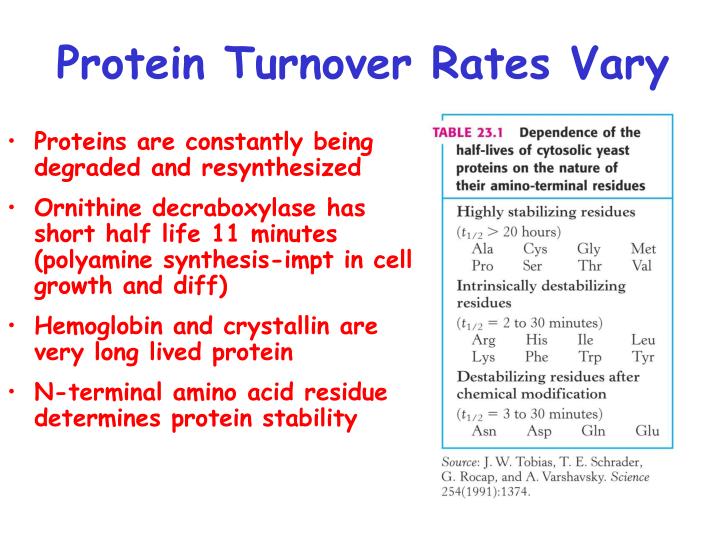

Facciotti (original work).Ī ribosome is a complex macromolecule composed of structural and catalytic rRNAs, and many distinct polypeptides. The R 1 and R 2 designation refer to side chain of amino acid the two amino acids.Īttribution: Marc T. Understanding these questions as the context for what follows is key.Ī peptide bond links the carboxyl end of one amino acid with the amino end of another, expelling one water molecule. The point, as always, is that even without knowing any specifics about translation we can use our imaginations, curiosity and common sense to imagine some requirements for the process that we will need to learn more about. Other questions and functional problems/challenges will certainly arise as we dig deeper. (d) how does the machine know where to stop? (c) where does the energy for this process come from and how much? (b) How does the molecular machine coordinate decoding and bond formations? (a) How does our molecular machine determine where and when to start working? Reasonable, is of course defined by natural selection. (c) complete this process with reasonable accuracy, and (b) join amino acids in a very specific manner, (a) decode the chemical language of nucleotides into the language of amino acids, We have a strand of RNA (called mRNA) and a bunch of amino acids and we need to somehow design a machine that will: Let us start by considering the basic problem. From a Design Challenge standpoint, we can - even before digging any further into what is or is not understood about translation - try to infer some of the basic questions that we will need to answer regarding this process. Describing the overall process, or steps in the process, requires the accounting of the matter and energy before the process and after the process and a description of how that matter is transformed and energy transferred during the process. Like DNA replication and transcription, translation is a complex molecular process that we can approach using both the Energy Story and Design Challenge rubrics. The resulting proteins are so important to the cell that their synthesis consumes more of a cell’s energy than any other metabolic process. The decoding and "linking" process is catalyzed by a ribonucleoprotein complex called the ribosomes and can result in chains of amino acids of lengths ranging from tens to more than 1,000. Amino acids are linearly strung together via covalent bonds (called peptide bonds) between amino and carboxyl termini of adjacent amino acids. Put another way, a message written in the chemical language of nucleotides is "translated" into the chemical language of amino acids. The process of translation in biology is the decoding an mRNA message into a polypeptide product.


 0 kommentar(er)
0 kommentar(er)
